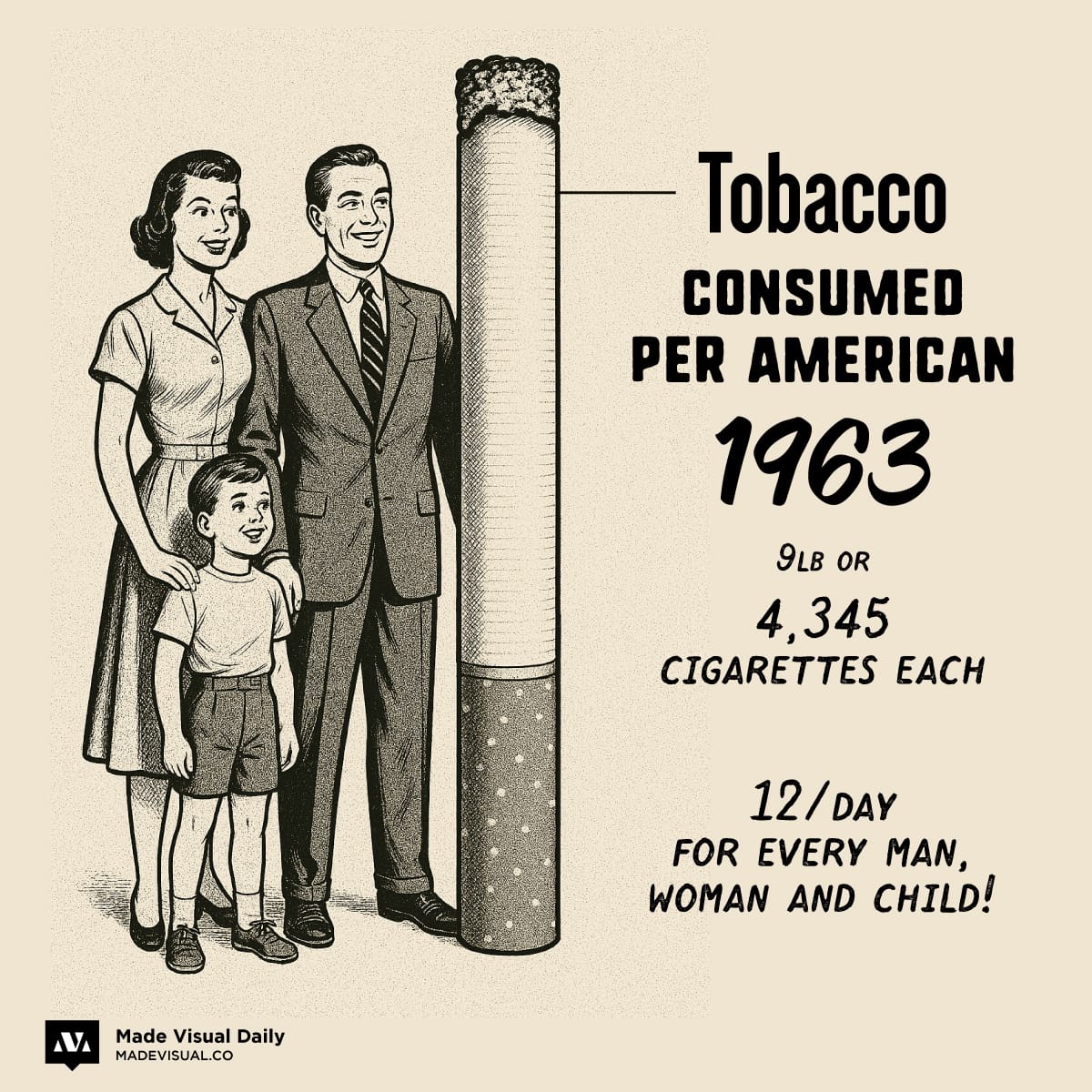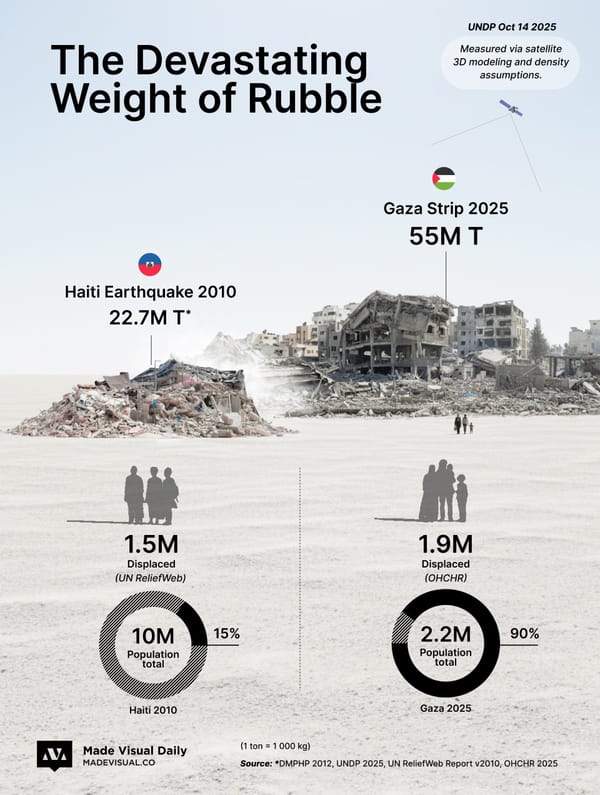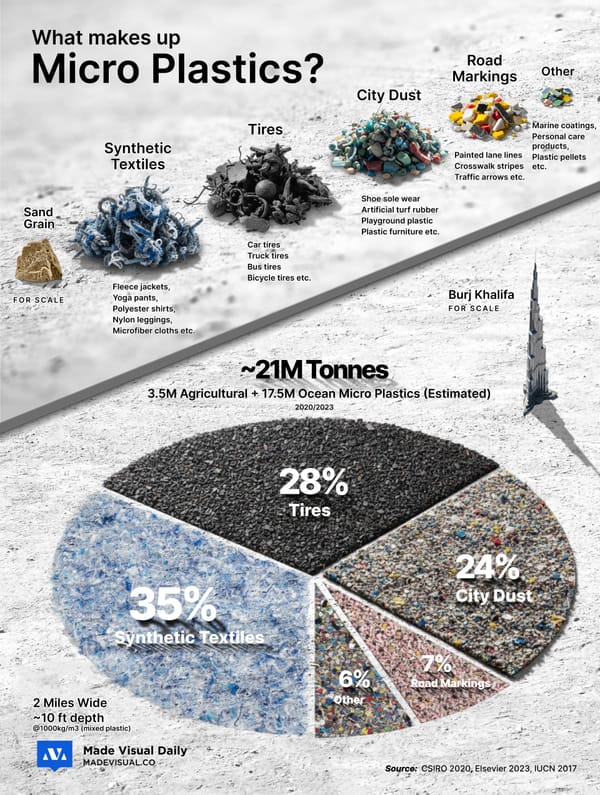The Golden Age of Tobacco

In 1963, Americans consumed an average of 4,345 cigarettes per person per year, reflecting the peak of national cigarette use before health warnings and regulations reduced smoking rates.
- This figure includes non-smokers, meaning actual smokers likely consumed far more—often a pack or more per day.
- Cigarette consumption dropped sharply after the 1964 Surgeon General’s report linked smoking to cancer and heart disease.
The Data:
According to data from the CDC and USDA, per capita cigarette consumption in the United States climbed steadily from the early 1900s and peaked in 1963 at 4,345 cigarettes annually. This number represents an average across the total U.S. population, not just smokers. It reflects the widespread social acceptance and normalization of smoking at the time, bolstered by heavy marketing, cultural integration, and even doctor endorsements. After 1963, consumption began to decline—first slowly, then more significantly—due to public health campaigns, warning labels, and growing scientific consensus about the dangers of tobacco use.
Related
📉 1964 – The U.S. Surgeon General’s report formally declared smoking a cause of lung cancer, leading to the first wave of public health action.
📺 1950s-60s – Cigarette brands regularly sponsored TV shows, and ads featured doctors recommending specific brands like Camel.
🪖 WWII era – Cigarettes were included in military rations, helping normalize smoking among an entire generation of American men.
🚭 1971 – The U.S. banned cigarette ads on TV and radio, a major blow to tobacco marketing.
📊 Today – Per capita cigarette consumption in the U.S. has dropped to under 1,000 cigarettes per year—less than a quarter of the 1963 peak.





